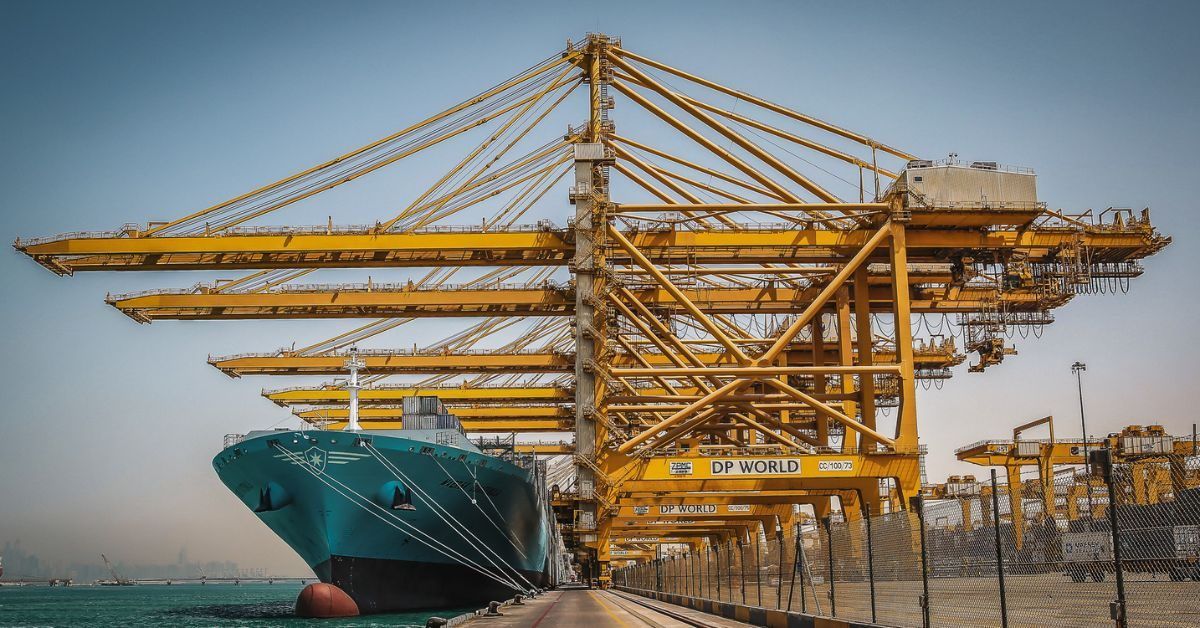Planned upgrades to India’s shipping and port infrastructure at an estimated INR 2 trillion (US$2.45 billion) will be prioritized for completion under a major push from the federal government. The ports at Paradip, Visakhapatnam, and Kolkata are prioritized with the most projects.
Critical infrastructure gaps were identified in the country’s port connectivity during the progress review of the PM GatiShakti National Master Plan earlier this month. The PM GatiShakti National Master Plan aims to provide systematic multimodal connectivity to various economic zones for the seamless movement of people, goods, and services across India. The Master Plan will bolster interconnectivity between road, rail, air, and waterways to reduce travel time and improve industrial productivity.
The federal government has set up the Empowered Group of Secretaries (EGoS) to monitor the implementation of the GatiShakti National Master Plan. This Group includes Secretaries of 20 Infrastructure and Economic User Ministries and is headed by the Cabinet Secretary.
There are 101 projects under GatiShakti worth INR 626.27 billion (US$7.67 billion) to be completed by 2024, of which 13 projects worth INR 5.65 billion (US$69.23 million) are supported financially under the Sagarmala scheme for port connectivity development.
GatiShakti infrastructure projects thus supplement the 191 projects identified in the Sagarmala plan. Projects under consideration include 63 non-major ports, 13 major ports (including the under implementation Vadhavan port), and 11 multimodal terminals and river ports.
Moreover, according to Minister of Ports, Shipping, and Waterways Sarbananda Sonowal, the government has identified a pipeline 81 public private partnership (PPP) projects worth INR 423 billion (US$5.18 billion) to develop berths and terminals across major ports till 2024-25. New road alignments, upgradation of existing roads, and new rail projects to manage freight traffic are also being identified by the shipping ministry.
All of this ties up with the National Logistics Policy (NLP), which aims to create a single window e-logistics market and improve the country’s trade competitiveness. Capacity development of inland waterways for cargo movement and coastal shipping will help achieve an optimal multimodal transport mix.
Meanwhile, assets across nine major ports have been flagged for monetization between FY 2022-25 under the National Monetization Program. Further, a monthly action plan will be created to track the status of yet-to-be awarded road and highway connectivity projects. The ministries of steel, fertilizers, ports, shipping & waterways, and defense have identified and demanded a total of 235 projects, which are to be implemented by the National Highways Authority of India, National Highways & Infrastructure Development Corp, and the Border Roads Organization. The government aims to award pending project approvals between December 2022 and March 2023.
Several multinational companies will be monitoring the progress of India’s ambitious infrastructure program as they seek to diversify manufacturing investments, including relocating units from China. Several industrial hubs are inland, such as automotive manufacturing Haryana, and easing connectivity with ports will be a game changer for businesses and attract the confidence of more foreign investors. Currently, logistics costs as a proportion of India’s gross domestic product (GDP) is reportedly around 16 percent and the government hopes to lower it to 10 percent. For comparison, logistics cost as a percentage of the GDP is 10 percent in China and about eight percent in the US and Europe.







